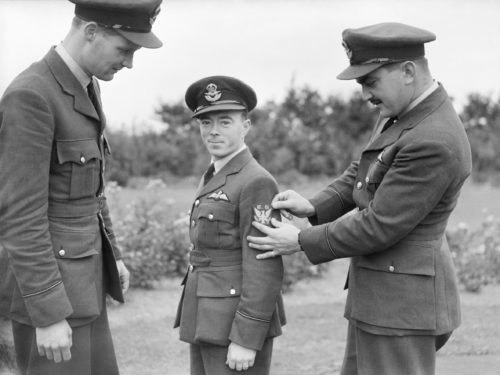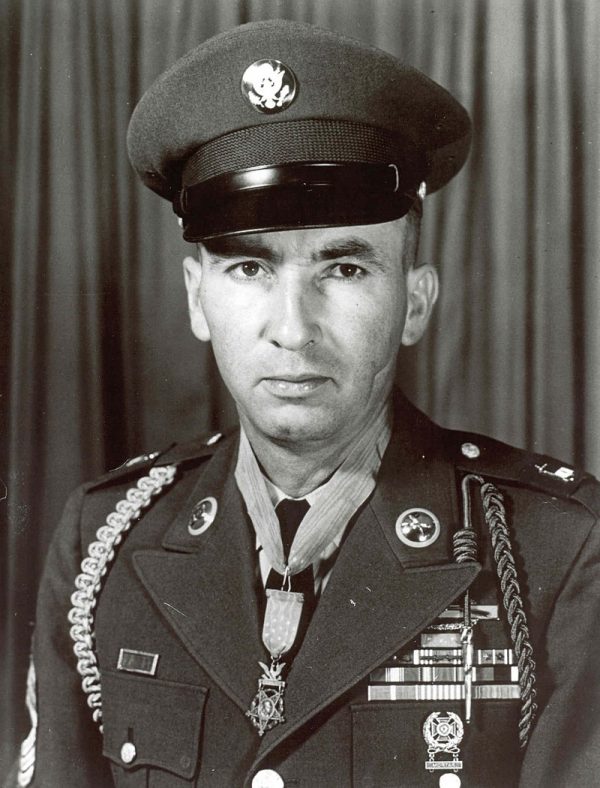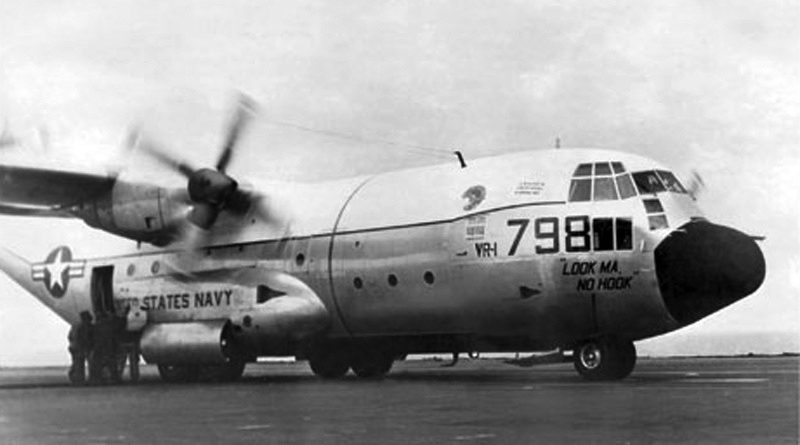October 30 in U.S. military history
1918: Famous World War I flying ace Capt. Eddie Rickenbacker shoots down his 26th – and final – enemy aircraft over Rémonville, France.
1940: The Royal Air Force’s First Eagle Squadron, consisting of volunteer pilots from the United States, becomes operational. Thousands of Americans would apply, but only 244 were chosen for service during the early days of World War II.

1944: Pvt. Wilburn K. Ross earns the Medal of Honor near St. Jaques, France. His citation is so impressive, it is worth posting in full.
After his company “had lost 55 out of 88 men in an attack on an entrenched, full-strength German company of elite mountain troops, Private Ross placed his light machinegun ten yards in advance of the foremost supporting riflemen in order to absorb the initial impact of an enemy counterattack. With machinegun and small-arms fire striking the earth near him, he fired with deadly effect on the assaulting force and repelled it. Despite the hail of automatic fire and the explosion of rifle grenades within a stone’s throw of his position, he continued to man his machine gun alone, holding off six more German attacks. When the eighth assault was launched, most of his supporting riflemen were out of ammunition. They took positions in echelon behind Private Ross and crawled up, during the attack, to extract a few rounds of ammunition from his machinegun ammunition belt. Private Ross fought on virtually without assistance and, despite the fact that enemy grenadiers crawled to within four yards of his position in an effort to kill him with hand grenades, he again directed accurate and deadly fire on the hostile force and hurled it back. After expending his last rounds, Private Ross was advised to withdraw to the company command post, together with eight surviving riflemen, but, as more ammunition was expected, he declined to do so. The Germans launched their last all-out attack, converging their fire on Private Ross in a desperate attempt to destroy the machinegun which stood between them and a decisive breakthrough. As his supporting riflemen fixed bayonets for a last-ditch stand, fresh ammunition arrived and was brought to Private Ross just as the advance assault elements were about to swarm over his position. He opened murderous fire on the oncoming enemy; killed 40 and wounded ten of the attacking force; broke the assault single-handedly, and forced the Germans to withdraw. Having killed or wounded at least 58 Germans in more than five hours of continuous combat and saved the remnants of his company from destruction, Private Ross remained at his post that night and the following day for a total of 36 hours.”

Meanwhile in the Philippines, the new tactic of kamikaze attacks become an increasing threat, with Japanese planes striking the aircraft carriers USS Franklin and USS Belleau Wood. Over 100 sailors are killed and the crippled flattops must sail back to the United States for repairs.
1954: The Defense Department announces that it has completed the process of eliminating racial segregation in the U.S. Armed Forces.
1961: On a remote island north of the Arctic Circle, a Soviet Air Force Tu-95 “Bear” bomber drops the Tsar Bomba, setting off the largest man-made explosion in human history. The 50-megaton device has ten times the explosive force of all conventional weapons dropped during World War II and was over 1,500 times stronger than the Hiroshima and Nagasaki bombs. The blast is so powerful that windows are broken well over 500 miles away and the Soviet bomber crew is only given a 50 percent chance of surviving the mission. A U.S. Air Force JKC-135A intelligence-gathering plane on a secret mission to collect data on the blast is scorched by the heat wave and is removed from service after landing.
1963: 500 miles east of the Massachusetts coast, Lt. (future Rear Adm.) James H. Flately III makes his first of what will be 29 touch-and-go landings aboard USS Forrestal (CV-59) in a C-130 Hercules. The Navy is testing the massive C-130, which is not equipped with a tailhook, for supplying the flattop while at sea. Ultimately, Flately will make 21 full-stop landings, and his wingtips clear Forrestal‘s island by just 15 feet.

Today’s post is in honor of Cpl. Brett W. Land, who died of wounds from an improvised explosive devise in Afghanistan’s Zhari district on this day in 2010. The 24-year-old native of Wasco, Calif. was assigned to 2nd Battalion, 502nd Infantry Regiment, 2nd Brigade Combat Team, 101st Airborne Division (Air Assault).
